Shrinathji Paintings A Fusion of Rajasthani Art and Spiritual Worship
Shrinathji paintings, an emblematic form of Rajasthani art, are not just artworks; they are a portal to the divine. Rooted deeply in the Pushtimarg tradition of Vaishnavism, these paintings depict Shrinathji, a manifestation of Lord Krishna. As such, they hold immense spiritual significance, serving both as an object of veneration and a medium through which the tales of Lord Krishna’s life are told visually.
Historically, Shrinathji paintings originated in the town of Nathdwara, Rajasthan, where the deity of Shrinathji is enshrined. Over the years, these paintings have become a vital part of worship and cultural festivities, symbolizing a rich tapestry of devotion that extends beyond the borders of Rajasthan.
For enthusiasts and collectors looking to own a piece of this divine tradition, Beyond Square stands out as the premier online platform. Specializing in Shrinathji Pichwai paintings among other types of Pichwais, Beyond Square offers authentic, high-quality pieces that are perfect for both worship and decoration. Whether you are a devotee seeking a spiritual connection or an art lover appreciating the intricacies of traditional Indian art, Beyond Square provides an unmatched selection that caters to all needs.
With this introduction set, the article will delve deeper into the history, artistic elements, and cultural impact of Shrinathji paintings, illuminating why they remain a cherished form of artistic expression in contemporary times.
Shrinathji paintings, an emblematic form of Rajasthani art, are not just artworks; they are a portal to the divine. Rooted deeply in the Pushtimarg tradition of Vaishnavism, these paintings depict Shrinathji, a manifestation of Lord Krishna. As such, they hold immense spiritual significance, serving both as an object of veneration and a medium through which the tales of Lord Krishna’s life are told visually.
Historically, Shrinathji paintings originated in the town of Nathdwara, Rajasthan, where the deity of Shrinathji is enshrined. Over the years, these paintings have become a vital part of worship and cultural festivities, symbolizing a rich tapestry of devotion that extends beyond the borders of Rajasthan.
For enthusiasts and collectors looking to own a piece of this divine tradition, Beyond Square stands out as the premier online platform. Specializing in Shrinathji Pichwai paintings among other types of Pichwais, Beyond Square offers authentic, high-quality pieces that are perfect for both worship and decoration. Whether you are a devotee seeking a spiritual connection or an art lover appreciating the intricacies of traditional Indian art, Beyond Square provides an unmatched selection that caters to all needs.
With this introduction set, the article will delve deeper into the history, artistic elements, and cultural impact of Shrinathji paintings, illuminating why they remain a cherished form of artistic expression in contemporary times.
History and Origins of Shrinathji Painting
The origins of Shrinathji paintings are as mystical and storied as the deity they depict. Shrinathji, a form of Lord Krishna, is shown in his childlike form, often depicted lifting Govardhan Hill to protect his devotees. This iconic image is central to Shrinathji paintings and stems from a deep-rooted history that intertwines with the genesis of Pushtimarg (the path of grace), founded by Vallabhacharya in the 16th century.
Early Depictions and Their Origins
The earliest Shrinathji paintings are believed to have originated in the village of Gokul, where Shrinathji was first worshipped by the Vallabha sect. These early artworks were simple and focused primarily on the spiritual aspects of the depiction rather than ornamental detail. As the sect and its followers grew, the need for a more formal place of worship and more elaborate forms of depiction led to the establishment of the temple in Nathdwara, Rajasthan, in the 17th century.
Influence of Vallabhacharya and the Pushtimarg Tradition
Vallabhacharya’s teachings significantly shaped the religious and artistic practices surrounding Shrinathji. His philosophy of devotion through grace rather than rituals encouraged the creation of artworks that were emotionally resonant and accessible to laypeople. This philosophy made Shrinathji paintings an integral part of daily worship practices, serving both aesthetic and devotional purposes.
The Role of the Temple at Nathdwara in Popularizing Shrinathji Paintings
Nathdwara, often referred to as the spiritual heart of Pushtimarg, became a hub for artists specializing in Shrinathji paintings. Here, the art evolved, incorporating elaborate backgrounds, intricate clothing, and detailed expressions, reflecting the prosperity and the artistic patronage of the temple. Over time, these paintings transcended their original religious purpose, becoming a symbol of Rajasthani culture and attracting collectors and art lovers from around the world.
The section on the history and origins of Shrinathji painting not only highlights the deep cultural and spiritual roots of this art form but also sets the stage for understanding its current significance and continued evolution.
Artistic Elements of Shrinathji Paintings
Shrinathji paintings are not only revered for their spiritual significance but also for their distinctive artistic style that embodies the richness of Rajasthani art. These paintings are characterized by their vivid colors, intricate details, and symbolic elements that convey deep religious narratives.
Description of Typical Features in Shrinathji Paintings
Shrinathji paintings are instantly recognizable by their vibrant use of colors such as deep blues, reds, and golds, which are often juxtaposed with stark whites to represent the divine aura of Shrinathji. The deity is usually depicted with a lifted hand, holding the Govardhan Hill, surrounded by cows, peacocks, and devotees, all framed within a floral or geometric border that enhances the painting’s sacredness.
Materials and Techniques Used by Artists
Traditionally, these paintings were made using natural pigments derived from minerals, plants, and even precious stones. Artists applied these pigments onto cloth or walls, using techniques passed down through generations. This not only ensured the longevity of the artwork but also added a unique texture that became a hallmark of Shrinathji paintings. Over time, some artists have transitioned to using synthetic colors and more durable substrates, but the traditional methods are still highly respected and practiced.
Comparison with Other Rajasthani Art Forms
While Shrinathji paintings share similarities with other Rajasthani art forms, such as the use of bold colors and elaborate details, they are distinguished by their religious content and the specific portrayal of Shrinathji. Unlike the secular themes often seen in Rajput paintings or the romantic scenes typical of Pahari art, Shrinathji paintings are deeply spiritual, focusing solely on the divine figure and his Leelas (divine play).
This unique blend of artistic brilliance and spiritual devotion makes Shrinathji paintings a fascinating subject for art lovers and spiritual seekers alike. The detailed craftsmanship and sacred themes connect viewers directly to the rich cultural heritage of Rajasthan and the devotional path of Pushtimarg.
Cultural and Religious Impact of Shrinathji Paintings
Shrinathji paintings, while originally crafted as objects of worship within the Pushtimarg tradition, have transcended their religious confines to influence broader aspects of cultural life in Rajasthan and beyond. Their impact is palpable in daily rituals, festivals, and the cultural identity of their devotees.
How These Paintings Influence Worship and Daily Rituals
In homes and temples where Shrinathji is revered, paintings of the deity are not mere decorations but are integral to daily worship practices. Devotees often perform Aarti and offer bhog (food offerings) in front of these paintings, treating them as a living presence of Shrinathji. This interaction with the artwork adds a dynamic element to its appreciation, blending art with active devotion.
Shrinathji Paintings in Modern Homes and Their Cultural Relevance
As Shrinathji paintings have grown in popularity, they have found a place in modern homes, serving both as aesthetic objects and spiritual icons. In contemporary settings, these paintings often act as cultural anchors, offering a connection to heritage and tradition amidst modern lifestyles. They serve as a reminder of the individual’s roots and spiritual path, illustrating the enduring relevance of Shrinathji in the lives of their followers.
Festivals and Special Occasions Centered Around Shrinathji Imagery
Shrinathji paintings play a central role during festivals like Janmashtami and Annakut. During these events, the paintings are elaborately decorated and become the focal point of the celebrations. The imagery of Shrinathji lifting the Govardhan Hill is particularly significant during Annakut, when devotees recreate the hill using a variety of food offerings, reflecting the painting’s narrative in a vivid, communal expression of faith.
The cultural and religious impacts of Shrinathji paintings illustrate their profound significance in not only preserving artistic traditions but also fostering a sense of community and continuity among devotees. These artworks continue to inspire and connect people, bridging the gap between the past and the present through their timeless appeal.
Preservation and Continuation of the Tradition
The tradition of Shrinathji paintings is a vibrant testimony to the enduring nature of Indian cultural heritage. However, preserving this art form and ensuring its continuation requires concerted efforts from various stakeholders including artists, cultural institutions, and even patrons.
Efforts to Preserve Shrinathji Paintings
Significant efforts are underway to preserve the historical and spiritual integrity of Shrinathji paintings. Museums and cultural centers across Rajasthan and India curate exhibitions and workshops aimed at educating the public about the techniques, symbolism, and importance of these paintings. Moreover, several grants and sponsorships are provided to artists who specialize in traditional methods, ensuring that these age-old techniques are passed down to the next generation.
Modern Artists and Their Contributions
Contemporary artists play a crucial role in the evolution of Shrinathji paintings. While maintaining the traditional bases of their craft, these artists experiment with new media and styles, thereby appealing to a global audience. Their work not only helps in keeping the tradition alive but also in reinterpreting its themes for a contemporary context, making them relevant to a younger, more global audience.
The Global Reach and International Interest in Shrinathji Art
As the world becomes increasingly interconnected, the interest in ethnic and spiritual arts has seen a significant rise. Shrinathji’s paintings have found admirers and buyers not just in India but across the globe. This international appeal has been bolstered by online platforms like Beyond Square, which provide a vital link between traditional Indian artists and the global market. These platforms ensure that Shrinathji paintings are accessible to enthusiasts and collectors worldwide, thereby contributing to their global reach and preservation.
The ongoing efforts to preserve and contemporize Shrinathji paintings are crucial for keeping this unique form of art vibrant and relevant. They not only help maintain a vital link to India’s rich cultural past but also ensure that this heritage is shared and appreciated globally.
Frequently Asked Questions about Shrinathji Paintings
What is the significance of Shrinathji in these paintings?
Shrinathji represents a youthful form of Lord Krishna, depicted as lifting the Govardhan Hill to protect his devotees. In paintings, he symbolizes protection, grace, and divine providence, making him a central figure in Pushtimarg worship.
Why are natural pigments used in traditional Shrinathji paintings?
Natural pigments are preferred for their vibrant colors and longevity. Derived from minerals, plants, and sometimes precious stones, these pigments link the artwork to the earth, reflecting the natural themes often depicted in the paintings.
How can one identify an authentic Shrinathji painting?
Authentic Shrinathji paintings are characterized by specific iconography—the deity is depicted with a lifted hand holding Govardhan Hill. Look for traditional Rajasthani artistic elements like intricate brushwork, bold colors, and the use of natural pigments.
Are there any particular festivals where Shrinathji paintings are prominently featured?
Yes, Shrinathji paintings play a significant role during Janmashtami and Annakut. These festivals feature elaborate rituals where paintings of Shrinathji are worshipped and offered food, depicting scenes similar to those in the artwork.
Can Shrinathji paintings be placed in any room of a home?
While Shrinathji paintings can be aesthetically placed in any room, they are usually found in prayer rooms or spaces dedicated to meditation and worship within a home, respecting their sacred nature.
What measures are being taken to preserve Shrinathji paintings?
Efforts include organizing workshops to teach traditional painting techniques, exhibitions to raise awareness, and offering grants to artists. Digital platforms also play a crucial role in preserving and promoting these artworks by connecting artists with global audiences.
Conclusion
Shrinathji paintings are not just art; they are a spiritual journey encapsulated on canvas. As embodiments of devotion, culture, and history, these paintings offer more than aesthetic pleasure—they connect us with a divine narrative that has been cherished across generations. The preservation of these paintings ensures that the rich heritage of Shrinathji continues to inspire and resonate within the hearts of devotees and art lovers around the world. Whether through traditional methods or digital platforms like Beyond Square, the legacy of Shrinathji paintings is a vibrant, living tradition that continues to spread its divine grace globally.




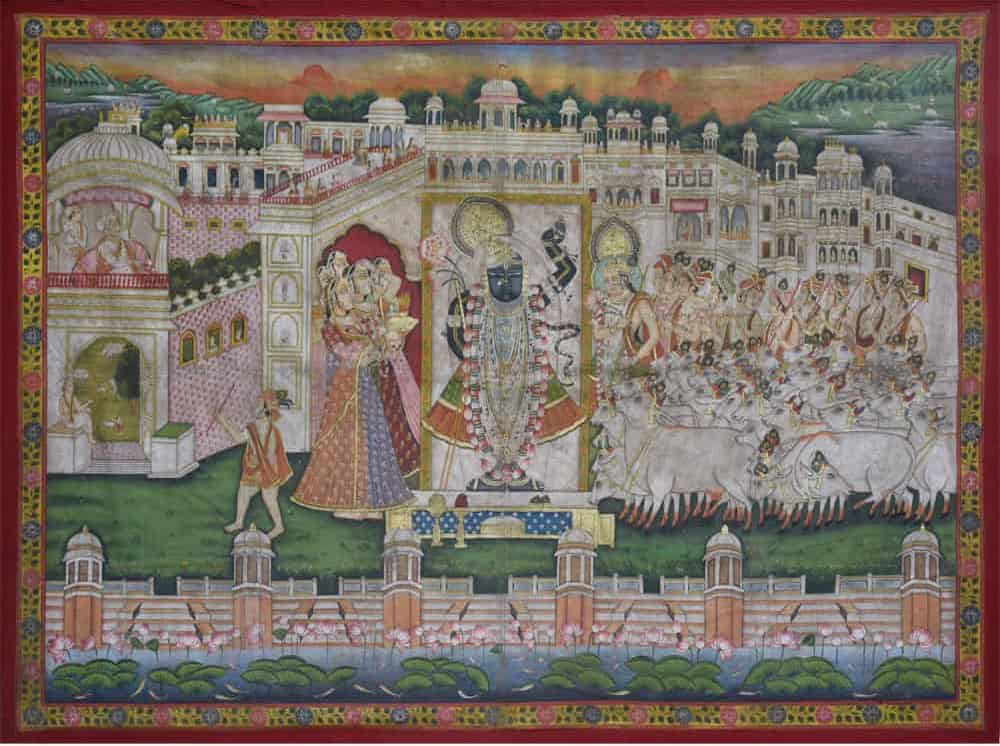
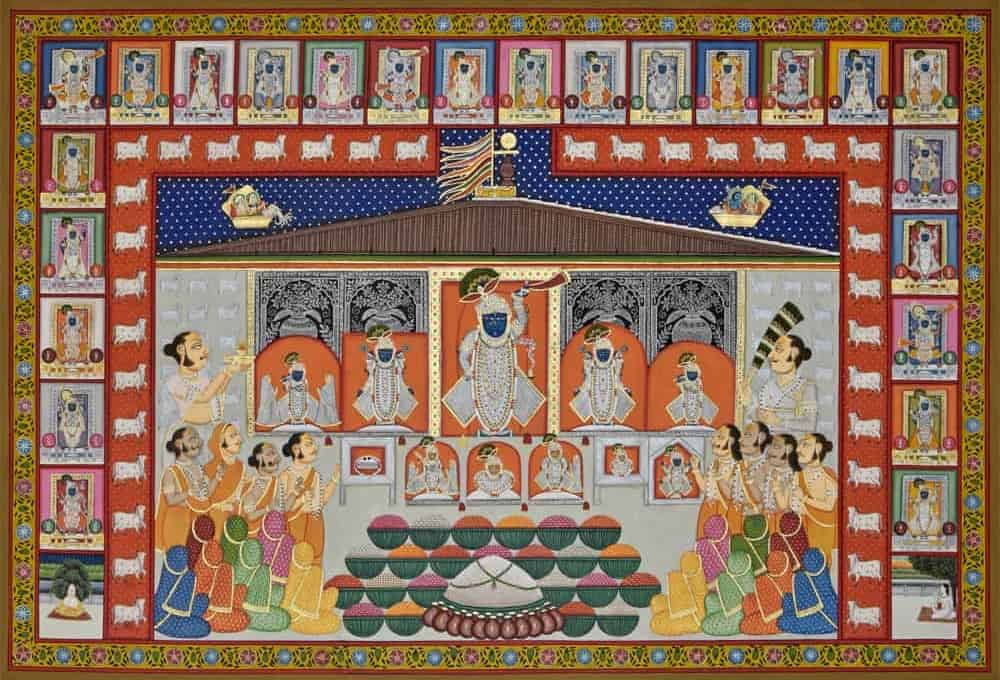
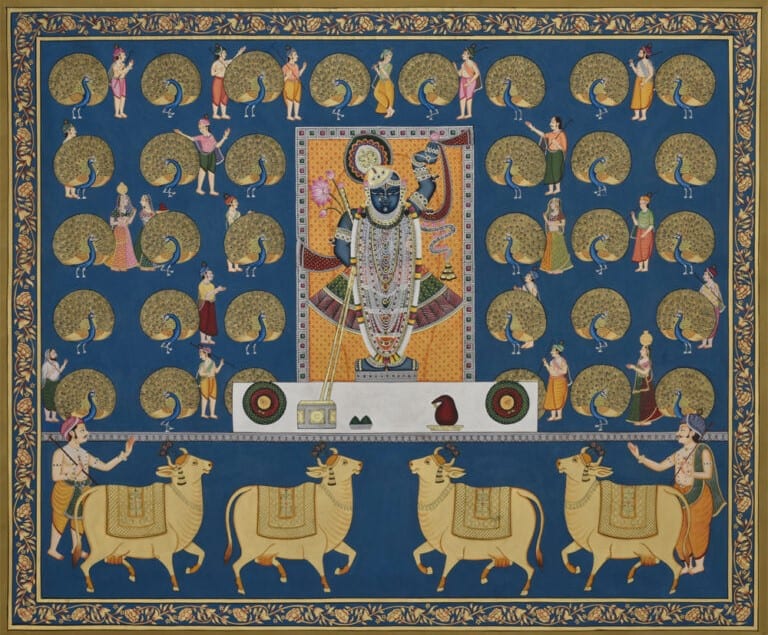
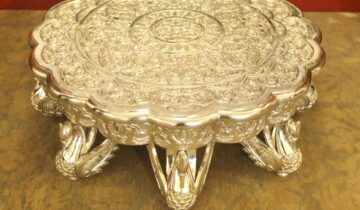

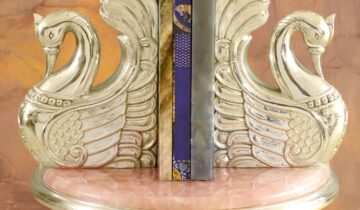
 No products in the cart.
No products in the cart. 